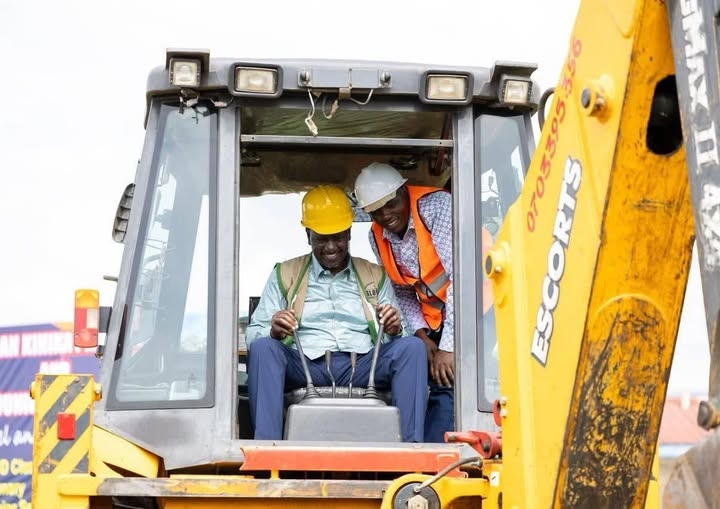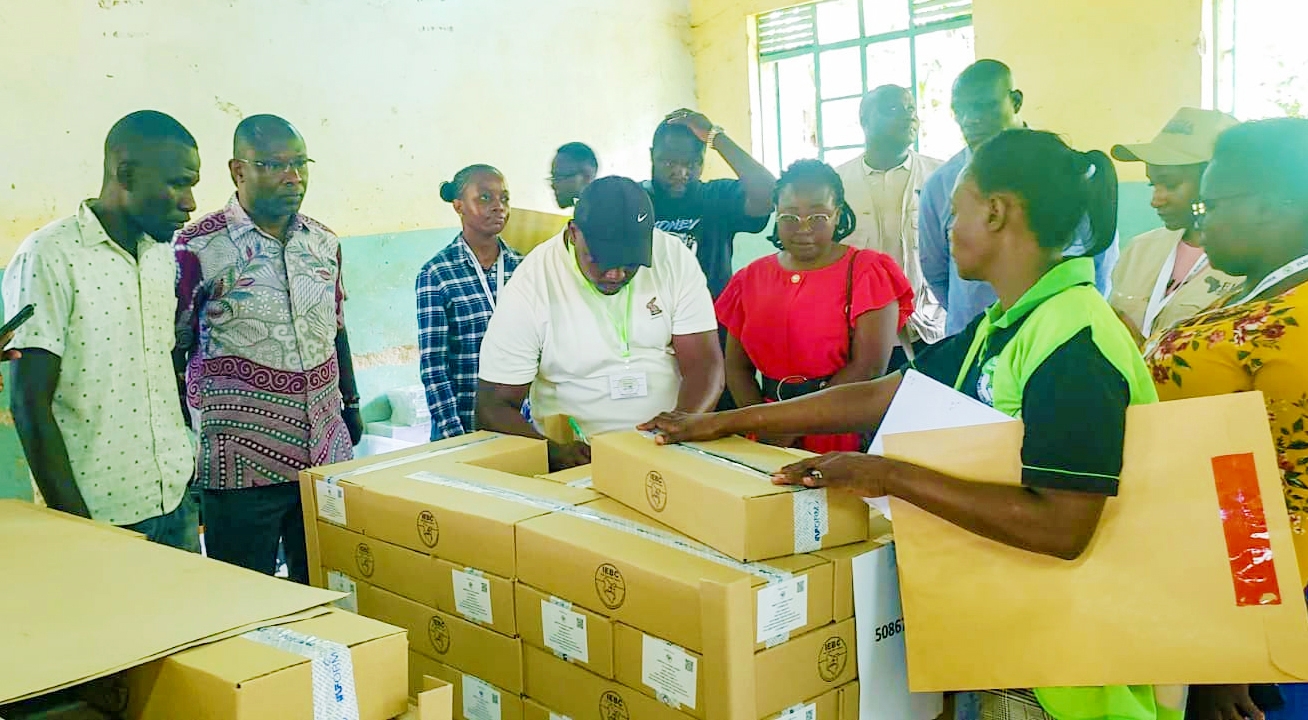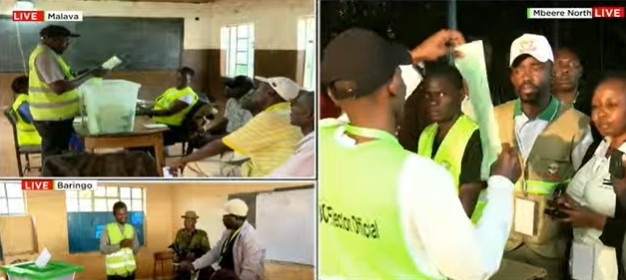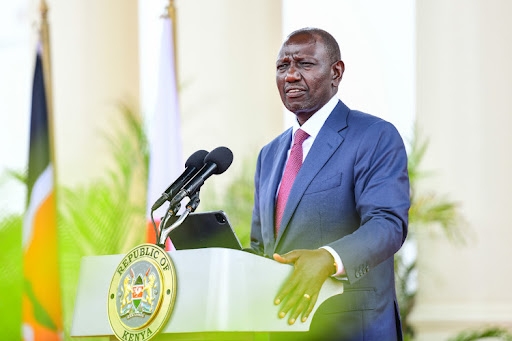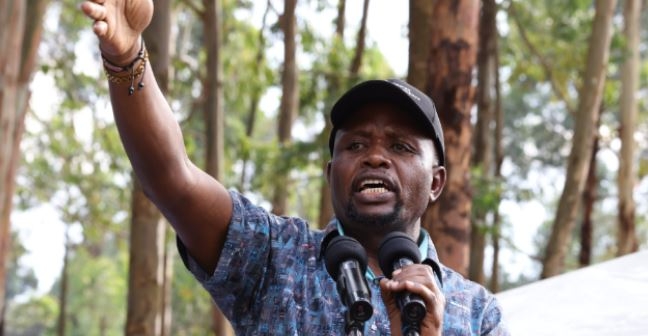Kenya and the larger East African region will greatly benefit from Gene Editing which is being used to fight Maize Lethal Necrosis Disease.
Gene editing is the alteration of the genetic material of a living organism by inserting, replacing, or deleting a DNA sequence, typically with the aim of improving some characteristic of a crop or farm animal or correcting a genetic disorder.
Director of the International Institute of Tropical Agriculture, East Africa Hub, Leena Tripathi said MLND which is caused by co-infection of Maize chlorotic mottle virus had severely reduced yield in Kenya by 23-100 per cent ($180 million annually).
She said gene editing for tolerance to MLND was in progress because most of the Kenyan maize varieties were susceptible to the disease.
The disease was first reported in Kenya in 2011.
It originated from America and rapidly spread throughout East Africa between 2012-2014 where it caused massive losses, threatened farmers’ livelihoods and the region's food security.
While addressing top seed company representatives attending a webinar, Tripathi said scientist was to edit the susceptible gene in the International Maize and Wheat Improvement Center (CIMMYT) commercial lines to its resistance form.
She said Kenya Agricultural and Livestock Research Organisation (KALRO) partnered with CIMMYT and Corteva Agriscience in 2016 to genetically map MLND resistance from an exotic resistance donor.
“Gene editing was done on CML536 and confirmed to be resistant to MLN in the greenhouse in 2021,” said the researcher. The researcher was among scientists at the virtual webinar on Plant Breeding Innovation organised by the African Seed Trade Association (AFSTA).
The online meeting brought together AFSTA members from all over the world.
She revealed that three additional CIMMYT lines which were edited along with CML536 and are parents to two, 3-way commercial hybrids in Eastern Africa were underway.
Clustered Regularly Interspaced Short Palindromic Repeats (CRISPR) technology, noted the scientists, has rapidly become the most popular genome editing approach with CRISPR/Cas9 tool winning the Noble Prize in 2020.
“CRISPR/Cas9 was used to knock out the low germination stimulant 1 gene, drastically reducing Striga germination stimulant activity,” said Tripathi.
She said genome-edited lines will be evaluated for resistance in the Striga high-burden region of Western Kenya.
She urged farmers to combine innovative approaches with traditional knowledge to increase the productivity, enhance nutrition and build climate resilience.
Tripathi said genome editing is a group of technologies that gives scientists the ability to make permanent and heritable changes at specific sites in an organism, mediated by the cell’s own DNA-repair machinery.
She explained that genome editing targets endogenous (originating from within an organism) genes without inserting any foreign DNA while genetic modification introduces a foreign gene
Regulatory Affairs Manager at the International Seed Federation, Khaoula Belhaj said the latest breeding methods provide opportunities to target global challenges and local needs.
“The new seed breeding technologies can help achieve sustainable agricultural production and food security,” added Belhaj.



